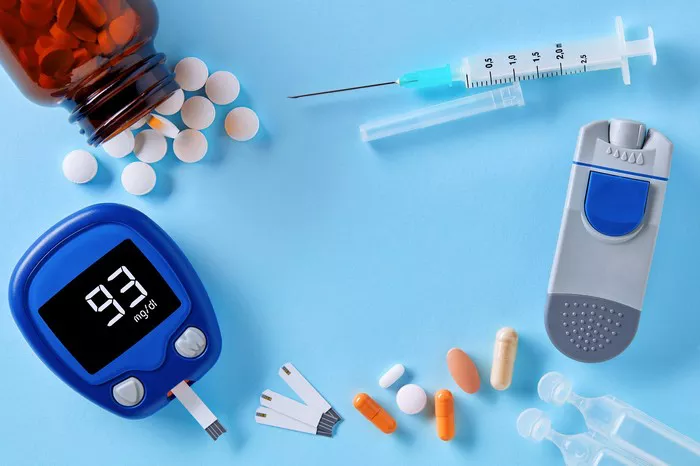Type 1 diabetes is a chronic condition characterized by the body’s inability to produce insulin, the hormone responsible for regulating blood sugar levels. Recognizing the early symptoms of type 1 diabetes is crucial for prompt diagnosis and treatment.
In this article, we’ll explore the most common symptoms of type 1 diabetes, shedding light on the warning signs that should prompt further evaluation by a healthcare professional.
The Early Warning Signs
When it comes to type 1 diabetes, the body often sends out subtle signals that something isn’t quite right. These early warning signs may be easy to dismiss or attribute to other causes, but they shouldn’t be ignored. Instead, listen to your body and pay attention to any changes or symptoms that persist over time.
1. Excessive Thirst (Polydipsia)
One of the hallmark symptoms of type 1 diabetes is excessive thirst, also known as polydipsia. You may find yourself constantly reaching for a glass of water or feeling parched no matter how much you drink.
This intense thirst is your body’s way of trying to flush out excess sugar from the bloodstream, leading to increased urination and dehydration.
2. Frequent Urination (Polyuria)
Alongside excessive thirst, frequent urination, or polyuria, is another common symptom of type 1 diabetes. You may notice that you’re making more trips to the bathroom than usual, especially during the night.
This is because your kidneys are working overtime to remove excess sugar from the bloodstream, resulting in increased urine production.
3. Unexplained Weight Loss
Unexplained weight loss is often a red flag for type 1 diabetes. Despite maintaining your usual diet and activity level, you may notice that you’re dropping pounds unexpectedly.
This is due to the body’s inability to properly utilize glucose for energy, leading to muscle wasting and fat breakdown. It’s like your body is burning fuel inefficiently, causing you to lose weight unintentionally.
4. Increased Hunger (Polyphagia)
While weight loss is a common symptom of type 1 diabetes, paradoxically, you may also experience increased hunger, or polyphagia. You may find yourself constantly craving food and unable to satisfy your appetite, despite eating regular meals.
This is because your cells are starved for energy, even though there’s plenty of glucose circulating in the bloodstream.
5. Fatigue and Weakness
Feeling constantly tired and rundown is another telltale sign of type 1 diabetes. Despite getting enough sleep, you may find it difficult to muster the energy to get through the day.
This fatigue is the result of your body’s inability to effectively convert glucose into energy, leaving you feeling drained and lethargic. It’s like trying to power through the day with a battery that’s constantly running low.
6. Blurry Vision
Changes in vision, such as blurry vision or difficulty focusing, can also be a symptom of type 1 diabetes. High blood sugar levels can cause the lenses in your eyes to swell, leading to temporary changes in vision.
You may notice that your vision fluctuates throughout the day or that you have trouble reading small print or seeing objects clearly.
7. Irritability and Mood Swings
Type 1 diabetes doesn’t just affect you physically—it can also take a toll on your mental and emotional well-being. Irritability, mood swings, and difficulty concentrating are common symptoms of fluctuating blood sugar levels.
When your blood sugar is too high or too low, it can disrupt neurotransmitter function in the brain, leading to changes in mood and behavior.
8. Nausea and Vomiting
In some cases, individuals with untreated type 1 diabetes may experience nausea, vomiting, or stomach pain. This can occur when high blood sugar levels cause a buildup of ketones in the bloodstream, leading to a condition known as diabetic ketoacidosis (DKA). DKA is a serious medical emergency that requires immediate treatment to prevent complications.
Conclusion
In conclusion, recognizing the early symptoms of type 1 diabetes is crucial for early detection and intervention. If you or someone you know is experiencing any of the symptoms mentioned above, seek medical attention promptly. Remember, early detection and treatment can make all the difference in managing type 1 diabetes and preventing complications down the road.






















